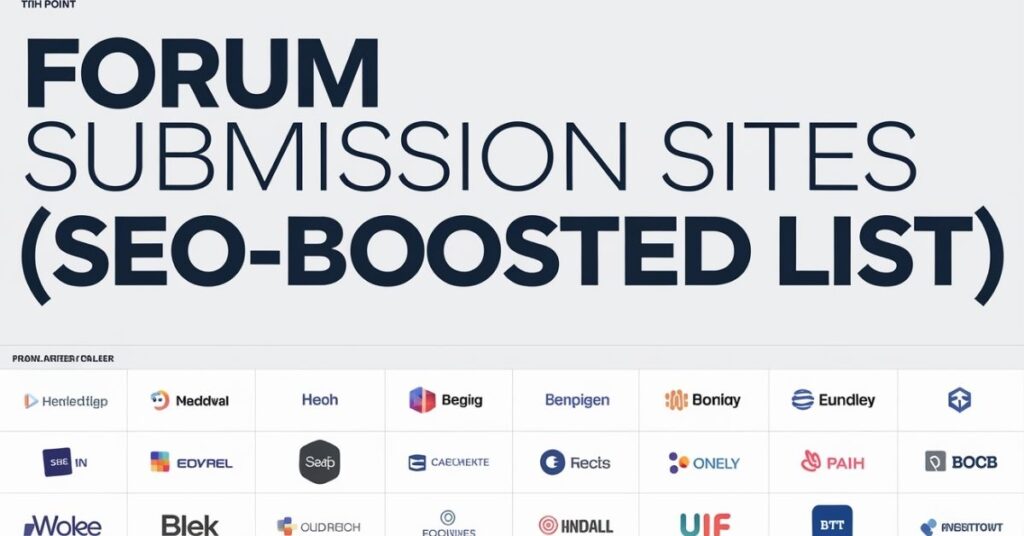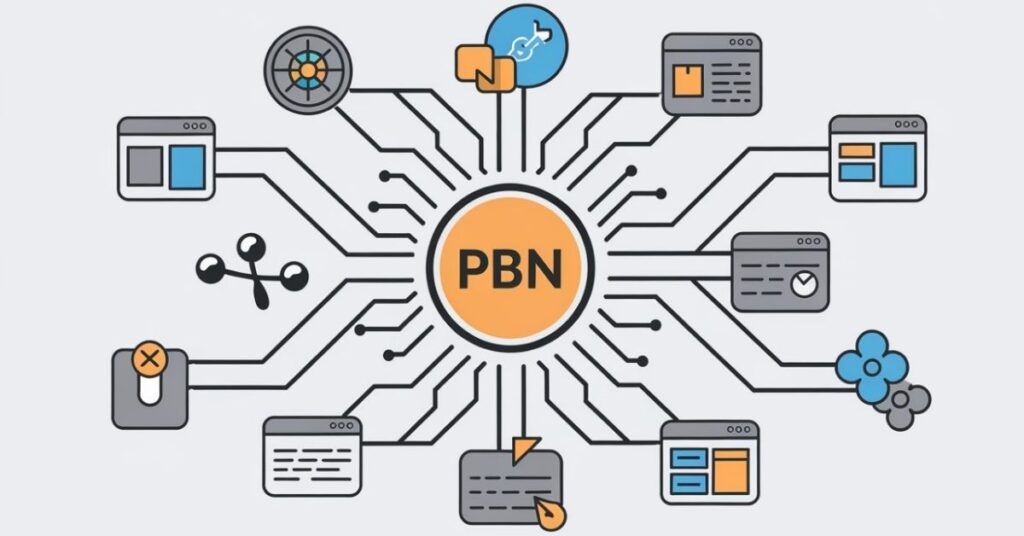Guest blogging has become a powerful strategy in B2B SEO campaigns. It involves writing articles for other websites in your industry to build your brand, get backlinks, and reach a wider audience. For businesses, especially in the B2B space, guest blogging can play a major role in growing authority and attracting the right type of traffic. However, simply writing and posting guest blogs is not enough. To truly understand its value, businesses must be able to measure the return on investment (ROI) from their guest blogging efforts.
Quantifying ROI helps you understand if your time, effort, and money are being spent wisely. It allows you to make data-driven decisions and refine your strategy for better results. This article will explore how to measure ROI from guest blogging and why it’s essential for successful B2B SEO campaigns.
Strategic Role of Guest Blogging in B2B SEO
Guest blogging does more than just provide backlinks. In the B2B world, where trust and credibility are crucial, guest blogging offers multiple strategic benefits:
Enhancing Brand Visibility
Writing guest posts on popular industry blogs helps introduce your brand to new audiences. These platforms already have a loyal readership, and your presence there gives you instant visibility.
Building Authority and Trust
Consistently offering valuable insights, your business can become a thought leader in its field. When decision-makers read useful content written by your company, it builds credibility and trust.
Acquiring High-Quality Backlinks
Backlinks from high-authority websites are one of the most important ranking factors in SEO. Guest blogging allows you to gain these backlinks naturally, which boosts your website’s search engine ranking.
Driving Targeted Referral Traffic
People who read your guest post and find it valuable are likely to click on the link to visit your website. Since these readers are already interested in your topic, they are more likely to become leads or customers.
These strategic benefits lay the foundation for a strong ROI. But to prove their value, you need to measure the results.
Key Metrics for Measuring ROI
To quantify ROI from guest blogging, you need to track specific metrics that indicate how well your strategy is working. Here are the most important ones:
Referral Traffic
This is the number of visitors coming to your website from your guest blog posts. You can track this in Google Analytics by checking the “Referral” traffic section. High referral traffic means your guest posts are effective in driving visitors.
Conversion Rates
Traffic is great, but what really matters is what those visitors do on your site. Do they sign up for a newsletter? Download a white paper? Request a demo? These actions are conversions. Measure how many referrals take these actions to evaluate ROI.
Domain Authority Improvement
Guest blogging can improve your domain authority, a score that predicts how well your site will rank on search engines. Tools like Moz and Ahrefs can show you if your domain authority is increasing after publishing guest posts.
Backlink Quality and Quantity
Keep track of the number of backlinks you get from guest posts, and assess their quality. A single backlink from a high-authority site can be more valuable than many from low-quality sites.
Engagement Metrics
Look at how users behave after landing on your site. Time on page, bounce rate, and pages per session help you understand if the content on your site matches the expectations set in your guest post.
Social Shares and Mentions
If your guest posts are being shared or mentioned on social media, it means they’re resonating with readers. Social listening tools can help you track this engagement.
These metrics give a clear picture of how well your guest blogging strategy is performing.
Tools and Techniques for Tracking ROI
Using the right tools helps you gather accurate data and analyze it efficiently. Here are some essential tools and techniques:
Google Analytics
Google Analytics is a free tool that provides detailed insights into your website traffic. Use it to track referral traffic, user behavior, and conversions.
UTM Parameters
UTM parameters are tags added to URLs that help you track the performance of each guest blog post. When users click a link with a UTM tag, Google Analytics records where they came from.
SEO Tools
Tools like Ahrefs, Moz, and SEMrush help you track backlinks, monitor domain authority, and check keyword rankings. These tools are essential for understanding the SEO benefits of guest blogging.
Conversion Tracking Tools
Set up goals in Google Analytics or use tools like Hotjar or HubSpot to track user actions like downloads, sign-ups, or purchases.
Social Listening Tools
Use tools like Brand24, Mention, or BuzzSumo to see how often your content is being shared or discussed on social media.
By combining these tools, you can create a full picture of your guest blogging ROI.
Best Practices for Maximizing ROI
To get the most out of your guest blogging efforts, follow these best practices:
Target High-Authority Publications
Always aim to publish on reputable websites within your industry. These sites have a built-in audience and better SEO value.
Align Content with Audience Needs
Research the audience of the site you’re guest posting on. Tailor your content to address their problems and interests.
Include Clear Calls-to-Action (CTAs)
Don’t leave readers wondering what to do next. Include a CTA that directs them to a relevant page on your website.
Maintain Consistency
Guest blogging should not be a one-time activity. Make it a regular part of your content strategy to see long-term results.
Promote Your Guest Posts
Share your guest posts on your own social media and email newsletter. The more visibility they get, the more ROI you’ll see.
These practices help you get the maximum return on your guest blogging investments.
Case Studies and Real-World Examples
Case Study 1: B2B Software Company
A mid-sized software company began publishing one guest post per week on top SaaS blogs. Within six months, they gained 150 new backlinks, saw a 30% increase in domain authority, and doubled their referral traffic. Most importantly, they saw a 20% increase in demo requests.
Case Study 2: Marketing Agency
A B2B marketing agency targeted niche industry blogs with high engagement. They used UTM tags to track every guest post. After one year, guest blogging accounted for 40% of their total qualified leads.
These examples show that guest blogging can lead to measurable growth when done strategically.
Common Challenges and How to Overcome Them
Measuring Intangible Benefits
Brand awareness and authority are difficult to measure. To estimate their impact, use indirect metrics like brand mentions, social shares, and repeat traffic.
Ensuring Content Quality
Poor content will not drive results. Invest time in writing valuable, engaging, and well-researched articles.
Navigating Editorial Guidelines
Different sites have different requirements. Always read the guidelines before submitting your article. Customize each post to fit the tone and style of the host site.
Getting Published on High-Authority Sites
It can be difficult to get accepted on top blogs. To increase your chances, build relationships with editors, offer unique content, and show past writing samples.
By addressing these challenges, you can improve your chances of guest blogging success.
Conclusion
Guest blogging is a valuable part of any B2B SEO strategy. It helps build backlinks, authority, traffic, and ultimately, business growth. But to make sure it’s worth your investment, you need to measure its ROI. By tracking metrics like referral traffic, conversions, backlinks, and domain authority, and using tools like Google Analytics and Ahrefs, you can see what’s working and what’s not. Following best practices and learning from successful examples will also improve your outcomes. In the end, guest blogging is not just about writing—it’s about writing with purpose, measuring the results, and continually optimizing your approach for long-term success.



